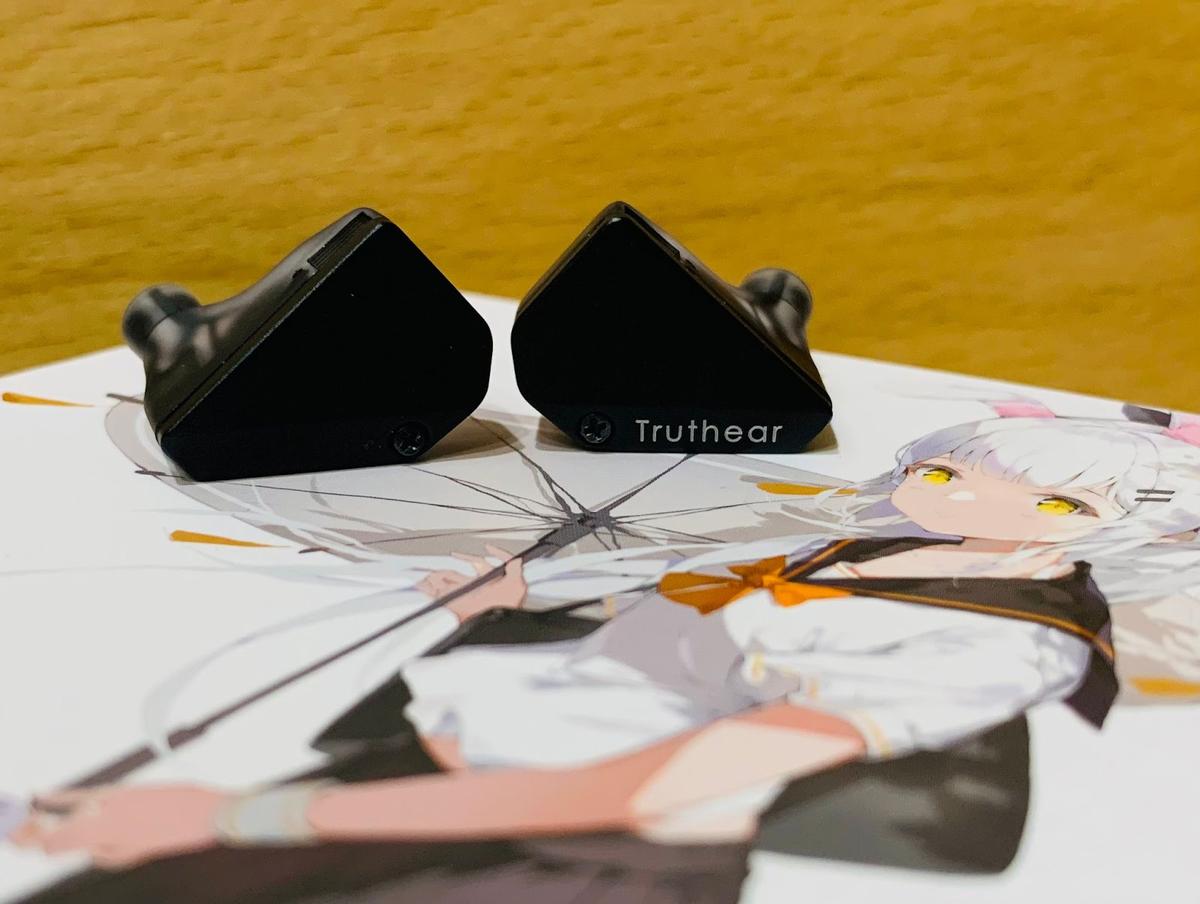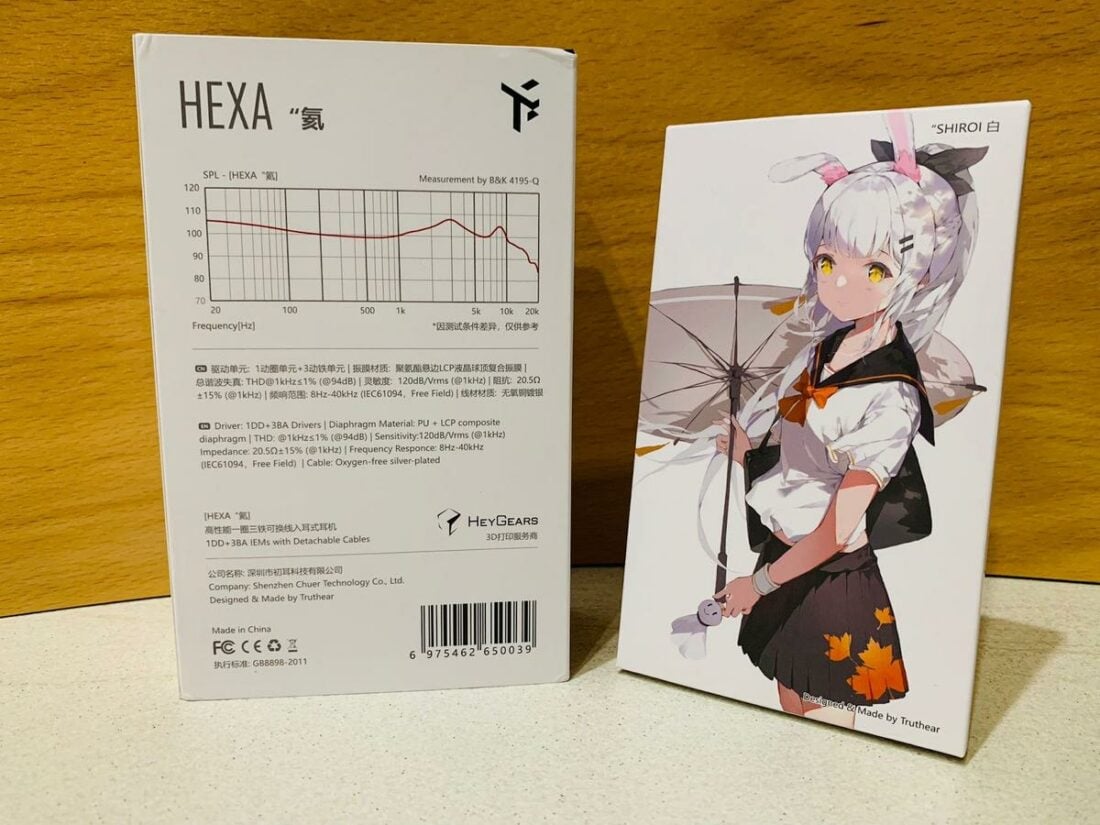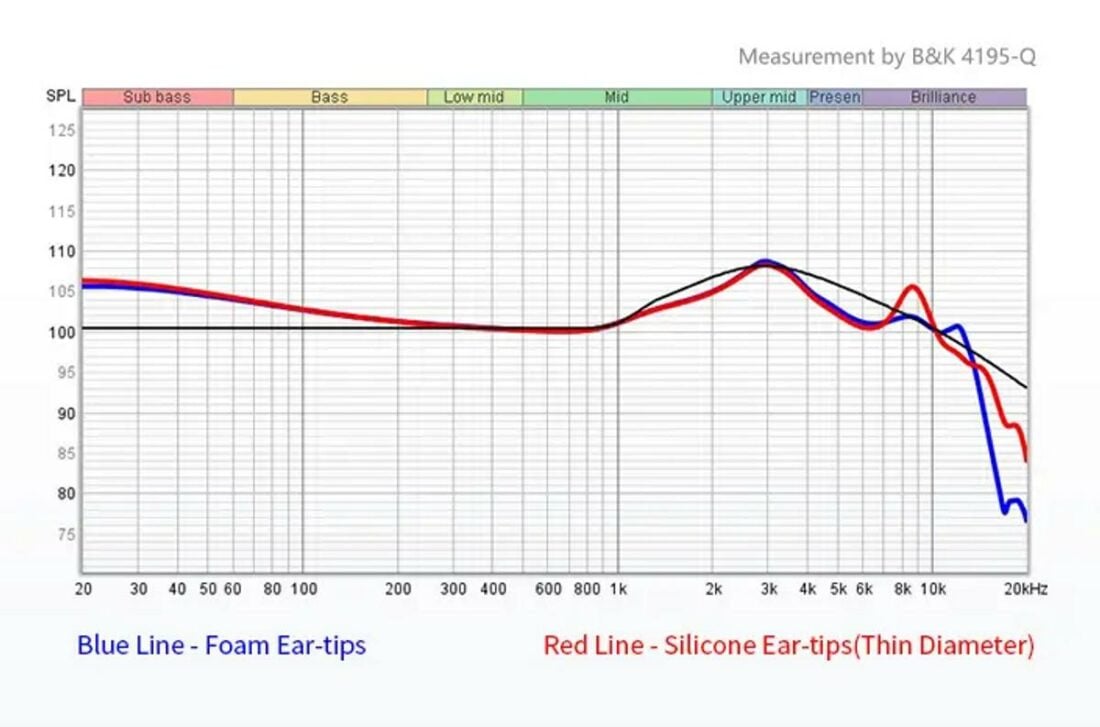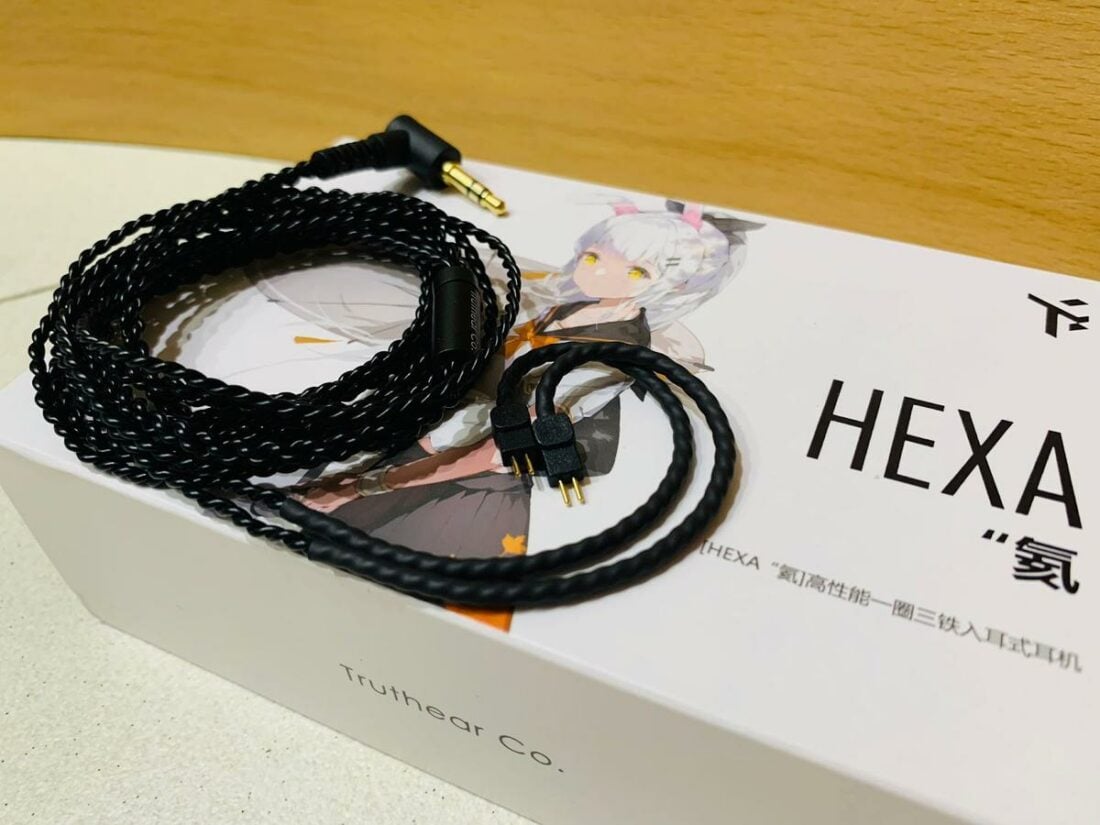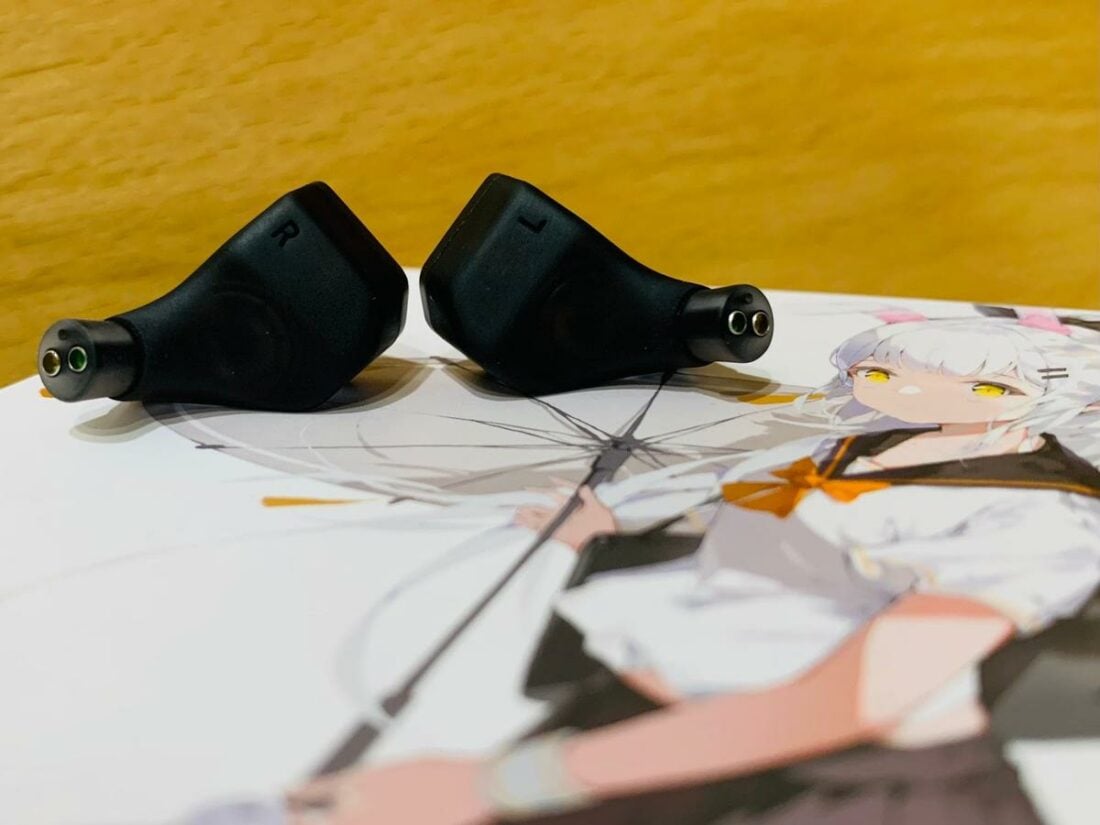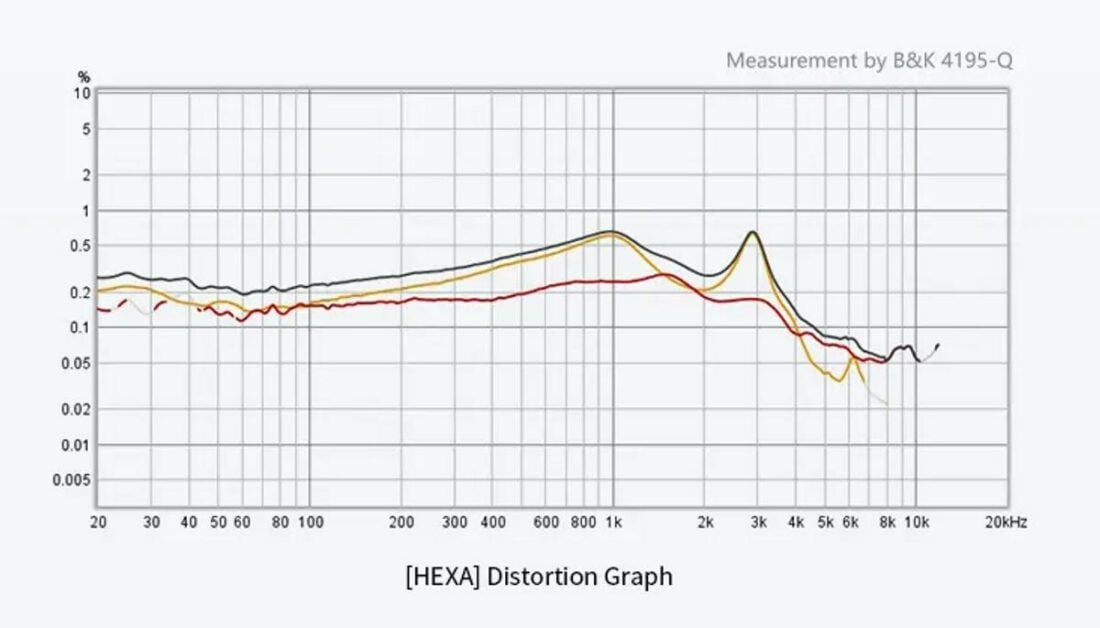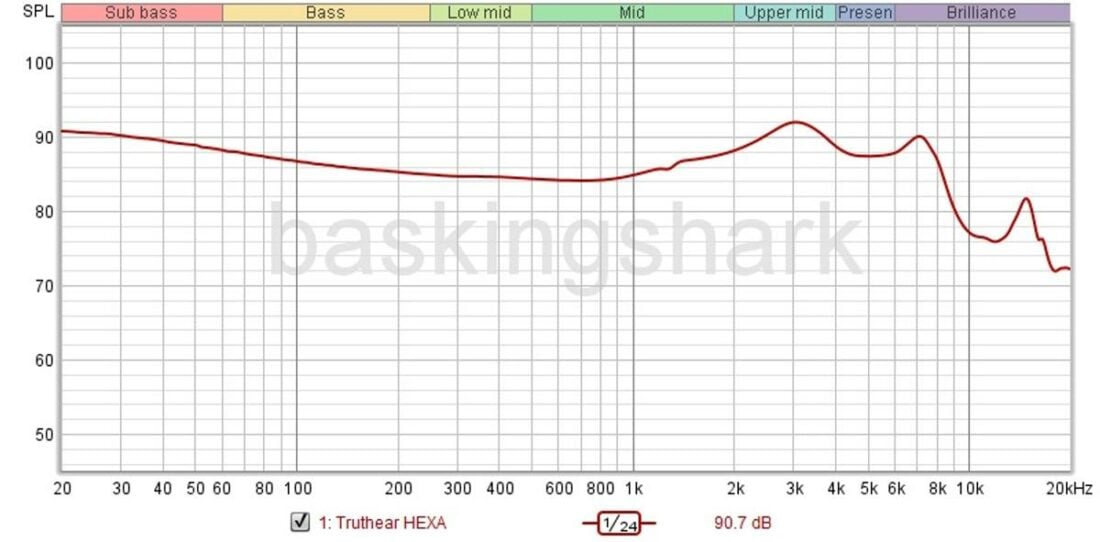In the budget IEM arena, new hype trains get released every week. Unfortunately, most of these turn out to be overrated or side-grades at best – many are not talked about a mere week after launch and end up as a footnote in audio forums. Manufacturers have wised up and caught on to the preferences of consumers. Tunings now routinely incorporate the relatively safe Harman curve. Like pizzas that are generally palatable (even if not the finest), companies push out multiple releases, which consumers gobble up. The latest trends are to feature a waifu anime babe on the packaging or approach a big name to collaborate with, thus ensuring some sales! They embrace a neutral tonality with a sub-bass boost – this is very rare at the budget price point. Tonality aside, read on to find out if the HEXA’s technical performance is commensurate with this unique tuning.
Company Overview
Truthear is a new kid on the ChiFi block and was just conceived in 2022. Truthear’s first release, the Truthear Zero, was pretty well received and was a collaboration with the famed audio reviewer Crinacle.
Technical Specifications
Form: IEMs Drivers: 1 x 10mm liquid crystal polymer (LCP)/polyurethane dynamic driver (DD) and 3 x customized balanced armature (BA) drivers Impedance (Ohm): 20.5Ω +/- 15% (@1kHz) Sensitivity (dB): 120dB/Vrms (@1kHz) Frequency Response (Hz): 20 Hz – 20 kHz Removable Cable: Y Cable: High-purity, silver-plated cable Source Plug: 3.5 mm TRS, single-ended Cup/Shell Plug: 0.78 mm, 2-Pin
Packaging
In the box
Truthear HEXA IEMs 3 pairs of narrow-bore silicone ear tips (S, M, L) 3 pairs of wide-bore silicone ear tips (S, M, L) 2 pairs of foam ear tips Leatherette soft carry case Anime waifu desktop poster
For a sub-USD$100 IEM, the accessories are more than decent. I’ve seen similarly priced competitors with way fewer goodies! One is truly spoiled for choice with the various ear tips on offer. The narrow-bore silicone tips boost the bass frequencies but compress the soundstage. The wide-bore ones increase the upper frequencies and air, and also expand the soundstage a tinge. As we will read below, the HEXA’s soundstage is not the most expansive, and I personally prefer the wide-bore tip pairing.
Cable
A 4-strand silver-plated cable is included and is very thin and tangly, with microphonics. It is somewhat disappointing, but it’s not difficult to source an alternative aftermarket cable as the HEXA use standard 0.78 mm, 2-pin connectors. The distal terminals have ‘R’ and ‘L’ lettering to delineate the right and left connectors, respectively.
Case
The leatherette case could be more functional and seems designed for its looks rather than practicality. It is exceptionally soft, and the contents inside may not withstand pressure if compressed.
Design
The HEXA derive their namesake from the hexagonal (six-sided) shell design. This design is not just for show, and we will discuss why in the ‘Comfort’ section. The housings are fashioned from CNC (computer numerical control) anodized sand-blasted skin-friendly medical-grade resin. They are DLP (digital light processing) 3D printed from HeyGears, via an intricate surface-grinding process, which allows precise replication of acoustic structures and waveguides. The shells have ‘L’ and ‘R’ lettering to delineate the left and right sides of the earpieces, respectively.
Comfort
Comfort and ergonomics are excellent. I’ve used the HEXA for hours on end without any discomfort. Truthear advertises that the hexagonal design is intentional – it allows maximal compression of the shell cavity, thus providing lighter weight and a smaller volume, leading to improved comfort. Indeed, their marketing claims do not seem to be hyperbole! In addition to the small profile, no parts come into contact with the ear’s auricle and concha, which may cause discomfort in other shell designs. Isolation is very good, considering the HEXA are vented. They will make a suitable pair for stage monitoring and outdoor usage. I did not find any driver flex, but YMMV, this may be dependent on ear anatomy and the type of ear tips used.
Internals
The bass frequencies are handled by a 10mm DD, featuring a polyurethane suspension composite liquid crystal dome diaphragm with a dual-cavity internal magnetic circuit N52 magnet. Truthear advertises that this DD’s voice coil is weighted to reduce unwanted resonances. This somewhat increases the IEM’s resistance, but on the flip side, it creates a punchy bass. Three customized BAs apiece cover the rest of the midrange and treble frequencies.
Truthear HEXA Sound
Weak sources can power them decently, but the HEXA truly scale when amplified with regards to dynamics and soundstage. Dynamics can be a bit blunted if the HEXA are not fed adequate juice. True to form, this kind of sound signature is unique and very rarely seen in the budget segment. In comparison, most rivals habitually push out Harman or V-shaped pairs of IEMs to suit consumer preferences. Acoustic instruments and vocals sound organic. The HEXA’s timbre is very natural, with no typical BA timbre or metallic nuances noted. Note weight is on the slightly thinner side. Some budget hybrids show their true colors when complex or fast movements come into play – they exhibit incoherency, such as the DD bass being slower than the BAs or the timbre varying between driver types. The HEXA are highly coherent – they sound like a single driver set, with no peaks or troughs heard. In technicalities, the HEXA perform well, showcasing pinpoint imaging, lightning-fast transients, and marvelous layering with sublime instrument separation. Micro-details and clarity are pretty good, though the height and depth of the soundstage are a point of weakness, being below average. I have tested IEMs with a huge soundstage but fuzzy and nebulous imaging; given a choice, I would definitely take a set like the HEXA, which make up for a more intimate soundstage with precise laser-like imaging.
Bass
The HEXA are sub-bass focused and are a tinge north of neutral. The sub-bass extends moderately, with just a slight rumble. The mid-bass is scooped out, so bassheads, and those that listen to mid-bass focused genres such as EDM and hip-hop, might need to consider alternatives. Bass texturing is average, but the bass is very agile with no mid-bass bleed. Even on very complex or fast bass movements, no smearing is noted.
Midrange
The midrange continues on from the neutral mid-bass. This region is very transparent and clear, aided by the lack of mid-bass bleed. Layering is top-notch, with individual instruments and vocals easily pin-pointed on a dark background. The upper mids are a tinge forwards without any shoutiness. Though, due to the aforementioned thinner note weight and not uberly-boosted upper midrange, vocals may sound a bit less bodied.
Treble
The HEXA’s treble is smooth and safe for our treble-sensitive brethren. There is no sibilance, and high hats and cymbals are not splashy or overly emphasized. Micro-details are still present, and the HEXA do not “cheat,” unlike some ChiFi IEMs that artificially boost the treble to give fake clarity. Granted, this type of treble doesn’t display the most air or sparkle, and perhaps the HEXA are not ultra-detailed. But on the other side of the coin, the HEXA can be used for hours without fatigue.
Comparisons
I compared the HEXA against other hybrids in the sub-USD$100 range. Pure BAs, planars, and single DDs are left out, as the different transducers have their own pros and cons.
Vs. TRN VX Pro
The VX Pro are tuned to a profound V-shape. These have huge bass and sound more “fun,” albeit the bass bleeds and is slow – the DDs cannot keep up with the faster BA drivers, and marked incoherency rears its ugly head. The VX Pro’s midrange is more recessed as per the V-shaped signature. The VX Pro boast more treble quantity and extension, with sibilance in spades – a very aggressive, in-your-face character is there to greet the listener. In technicalities, the VX Pro are slightly better in soundstage but are a step or two behind the HEXA in imaging, instrument separation, and transients. The VX Pro sound less natural in timbre, with a metallic sheen noted in the higher frequencies. They also have quite pronounced driver flex, which may be a deal-breaker for some, though they are easier to drive than the HEXA.
Vs. TRI Meteor
The TRI Meteor are U-shaped, and bassier, with a thicker note weight. The Meteor have a deeper sub-bass extension, but the bass is quite flabby and boomy, with mid-bass bleed encountered. The Meteor are not playing in the same league when it comes to technicalities. Clarity, imaging, instrument separation, micro-details, and transients are multiple steps behind the HEXA. Soundstage is slightly more expansive on the Meteor, but the hazy imaging and dearth of clarity make the music sound veiled and opaque. The Meteor have driver flex, which is not found on the HEXA. The former are easier to drive.
Vs. TRI Starsea
The Starsea incorporate tuning switches and can be converted to four different sound signatures – thus, they can field a spectrum of sonic profiles, from neutral to U-shaped to V-shaped. Hence, the Starsea are more versatile than the HEXA. The Starsea have a better soundstage but are weaker in imaging, instrument separation, and transients. The bass isn’t as tight, with a less natural timbre. There are complaints from consumers that the Starsea may give a sensation of pressure in the ears during usage (inadequate venting), and driver flex, which isn’t the case with the HEXA.
Vs. TRN ST5
The ST5 feature a deep V-shaped tuning. These have more treble and bass, though the bass bleeds and is ponderous. As such, the ST5 display incoherency in complex tracks, with the DDs handling the basslines unable to keep up with the speedier BAs handling the upper frequencies. The ST5’s midrange is recessed and obscured by the aforementioned mid-bass bleed. Mid-lovers best stay away. Sibilance and fatigue are noted in the treble regions. In technical aspects, the ST5 have a better soundstage but lose to the HEXA in imaging, instrument separation, transients, and layering. Timbre is less natural on the ST5. The ST5 are easier to drive, but they have driver flex. The ST5 come with a modular cable for various balanced and unbalanced connectors, but I’d opt for the HEXA any day for their superior tuning, even though the stock cable isn’t the best.
Where to Buy
Conclusion
Eschewing the dime-a-dozen V-shaped or Harman-tuned signatures, the HEXA embrace a tranquil neutral profile with a sub-bass boost. Despite packing multiple drivers, the HEXA are highly coherent, with an organic timbre. Imaging and instrument separation are excellent, though admittedly, the HEXA have an intimate soundstage. Accessories are generous (including a standing waifu for our Otaku pals), and the build and ergonomics are splendid. With outstanding isolation, solid comfort, and terrific technical performance, the HEXA may even be an affordable option for musicians searching for a stage monitor. The HEXA are, unfortunately, not perfect. Besides the soundstage woes previously alluded to, the included cable is thin, tangly, and microphonic. Additionally, if your library consists of mostly hip-hop and EDM-focused tracks, the lack of a mid-bass hump might also make the HEXA sound anemic. However, looking past these quibbles, the truth prevails, and the HEXA stand out from the budget pack with a distinctly coherent and fatigue-free sub-bass boosted neutral soundscape. They amalgamate admirable technicalities and timbre into a compact profile and have my vote for the best budget hybrid of 2022.
